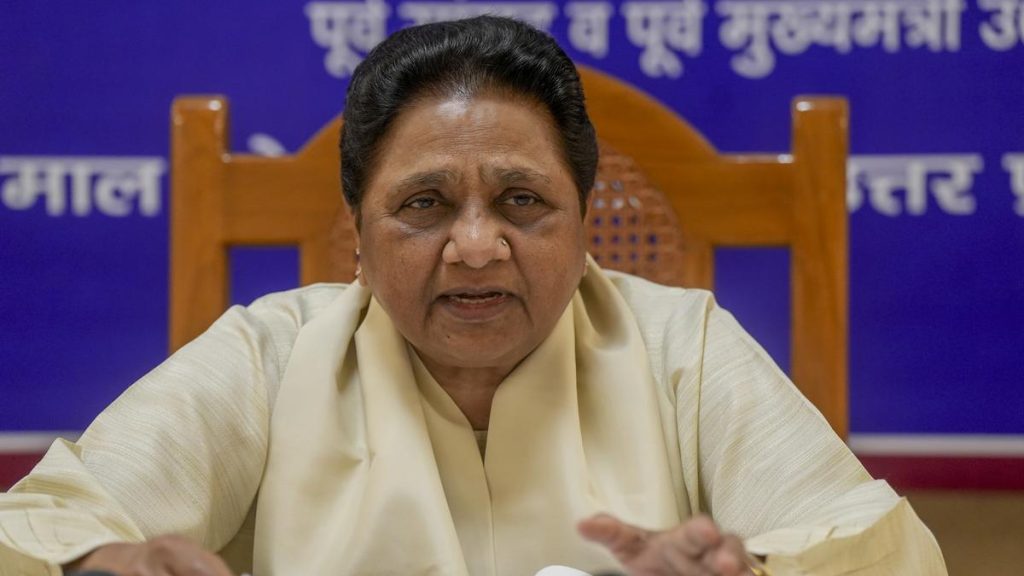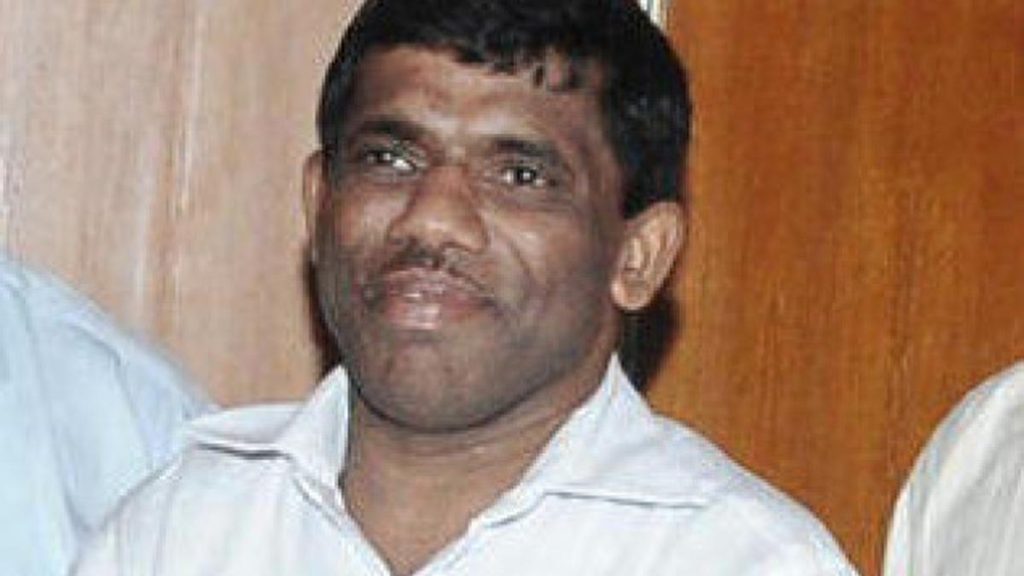Now Reading: What Your Dreams Say About You May Depend on Your Culture
-
01
What Your Dreams Say About You May Depend on Your Culture
What Your Dreams Say About You May Depend on Your Culture

quick Summary
- Dreams have been an area of cultural and psychological study with interpretations varying across societies and timelines.
- Anthropologists suggest understanding a group’s beliefs about dreaming helps understand their culture. specific connections exist between dreams and spiritual beliefs across cultures.
– Ancient Rome saw dreams as divine communications from gods; similar practices existed in China’s Zhou dynasty (1046 B.C.-256 B.C.).- In Papua New Guinea, dreams were perceived as parallel journeys of the soul, often prophetic or revealing hidden data.
- Western dream theories were popularized by psychologists Freud (who linked them to repressed desires) and Jung (who saw them as dialogues between conscious/subconscious selves).
– Jung further proposed ideas like archetypes such as the “hero” or “mother” symbolizing global meanings.
- Cultural symbolism plays a meaningful role:
– Snakes in Indian/Hindu traditions may reflect wealth or fertility; Pueblo tribes connect snake dreams to agricultural cycles,while Pentecostal Christian communities interpret snakes negatively.- Chinese dream interpretations often focus on culturally significant symbols like dragons for divine favor.
- Over time, some cultures dismiss certain types of symbolic interpretation if seen as mundane reflections of psychological stress (“overthinking during the day”).
Indian Opinion Analysis
Dreams hold deep roots in cultural narratives globally, including India where they are traditionally viewed through symbolism grounded in religion and folklore. the Hindu interpretation associating snake dreams with fertility or prosperity aligns with broader Indian ethos linking imagery to auspicious outcomes. This demonstrates the cultural inclination toward optimism when decoding subconscious signals.Integration of global perspectives underscores that India shares threads-such as symbolic analysis-with other ancient civilizations but diverges by linking it closely to spiritualism rather than psychoanalysis like Freud’s or Jung’s work.Dream interpretation continues reflecting India’s combined spirituality/science duality juxtaposed against contemporary dismissal explaining mundane stress origins-posing a philosophical question: Can ancient insights complement modern cognitive frameworks? Understanding these views could deepen recognition for psychological practices rooted in diverse traditions shaping India’s own evolving engagement with mind-body sciences.
























